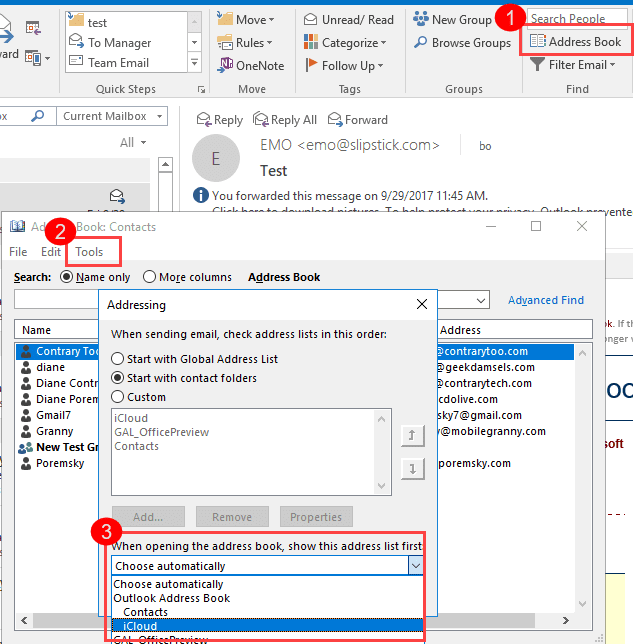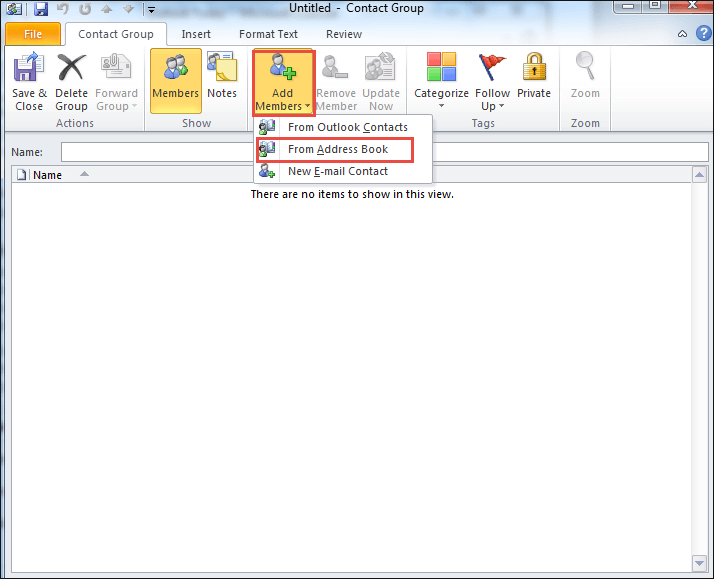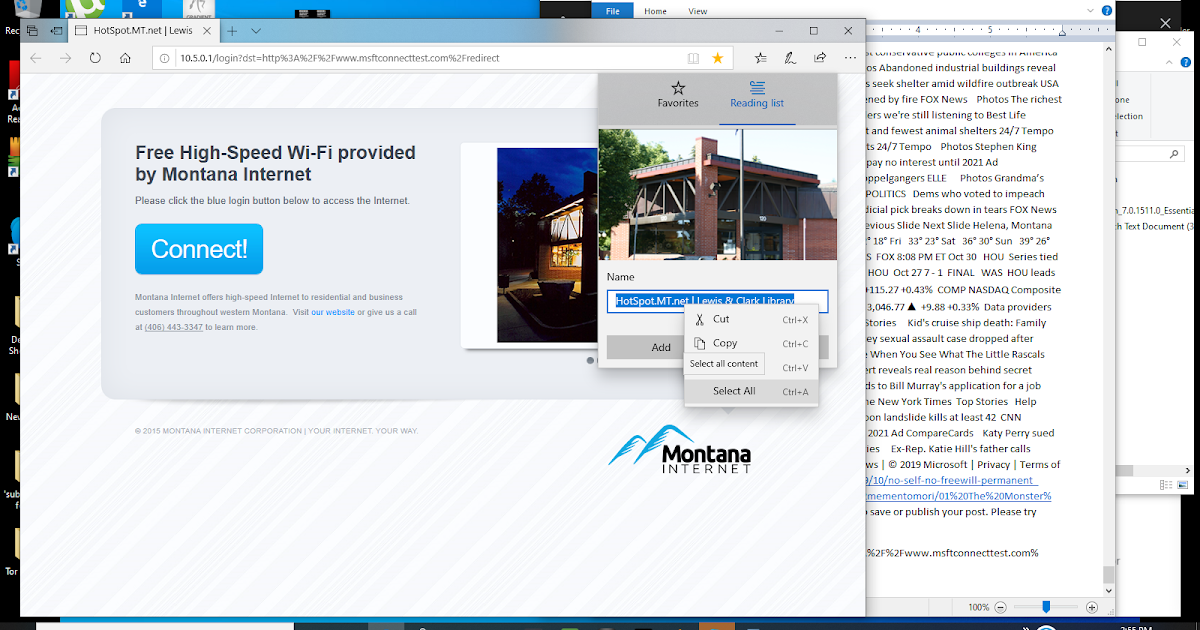

- #ICLOUD OUTLOOK ADD IN LOST DISTRIBUTION GROUPS UPDATE#
- #ICLOUD OUTLOOK ADD IN LOST DISTRIBUTION GROUPS PLUS#
- #ICLOUD OUTLOOK ADD IN LOST DISTRIBUTION GROUPS MAC#
Start quickly with the most recent versions of Word, Excel, PowerPoint, Outlook, OneNote and OneDrive -combining the familiarity of Office and the unique Mac features you love.
#ICLOUD OUTLOOK ADD IN LOST DISTRIBUTION GROUPS UPDATE#
That’s what I’ve found so far – if you have any yourself please share and I’ll test/add to the list, and will update with any other tricky scenarios that I come across. This action skips members receiving a copy of the response which might be good generally, but again it’s another different way that Office 365 Groups work when you’re expecting the same as a DL. An Office 365 Group works differently, where the ‘Meeting Message Processing Agent’ in Exchange Online will see the meeting response, and send it directly to the Deleted Items folder. This can be useful in certain scenarios, but probably not that common. Say you send a meeting appointment, and have the respones go to a DL – all members of the DL see the response. (partment -eq “Finance”) -or (user.mail -eq -or (user.mail -eq -or (user.mail -eq -or (user.mail -eq Meeting responses work differently to a DL.
#ICLOUD OUTLOOK ADD IN LOST DISTRIBUTION GROUPS PLUS#
How do you have a group that’s all Finance, plus these 4 people that aren’t finance? You could have an expression like this, but that is something that could get rather messy to maintain: Neither are bad options, but dynamic group membership exceptions to rules are harder to do. You either automate membership with a dynamic group, or let the owner(s) do it themselves.

That’s the only folder that’s visible though, and it can be easy to assume that’s the only folder.


I blogged this one separately a while ago. Upgrading your Exchange to 2013 or newer should resolve this requirement. If you have Exchange 2010, Office 365 Groups won’t appear in the Outlook client, unless their primary email address is – which probably isn’t what you have as the default domain.This may change in the future, at least as a toggle-able option. It makes sense that you probably don’t want an email that you sent, but it is a change of behavior from traditional DLs. If a member of an Office 365 Group sends an email to the group, they won’t get that email.If you’re thinking of migrating a DL or a shared mailbox to an O365 Group, these are worth considering: Here’s some things around Office 365 Groups and using them as an email distribution list (DL) that caught me out, or are differences worth pointing out. (for Office 365 Group fundamental considerations, please read Michael Mardahl’s blogpost “Getting off to a good start with Microsoft Office 365 Groups”) They aren’t the solution that applies to all situations however, and you’ll need to weigh up each scenario as to what fits best. Office 365 Groups aren’t that new, but they still sound more alluring than a plain Distribution List or Shared Mailbox.


 0 kommentar(er)
0 kommentar(er)
